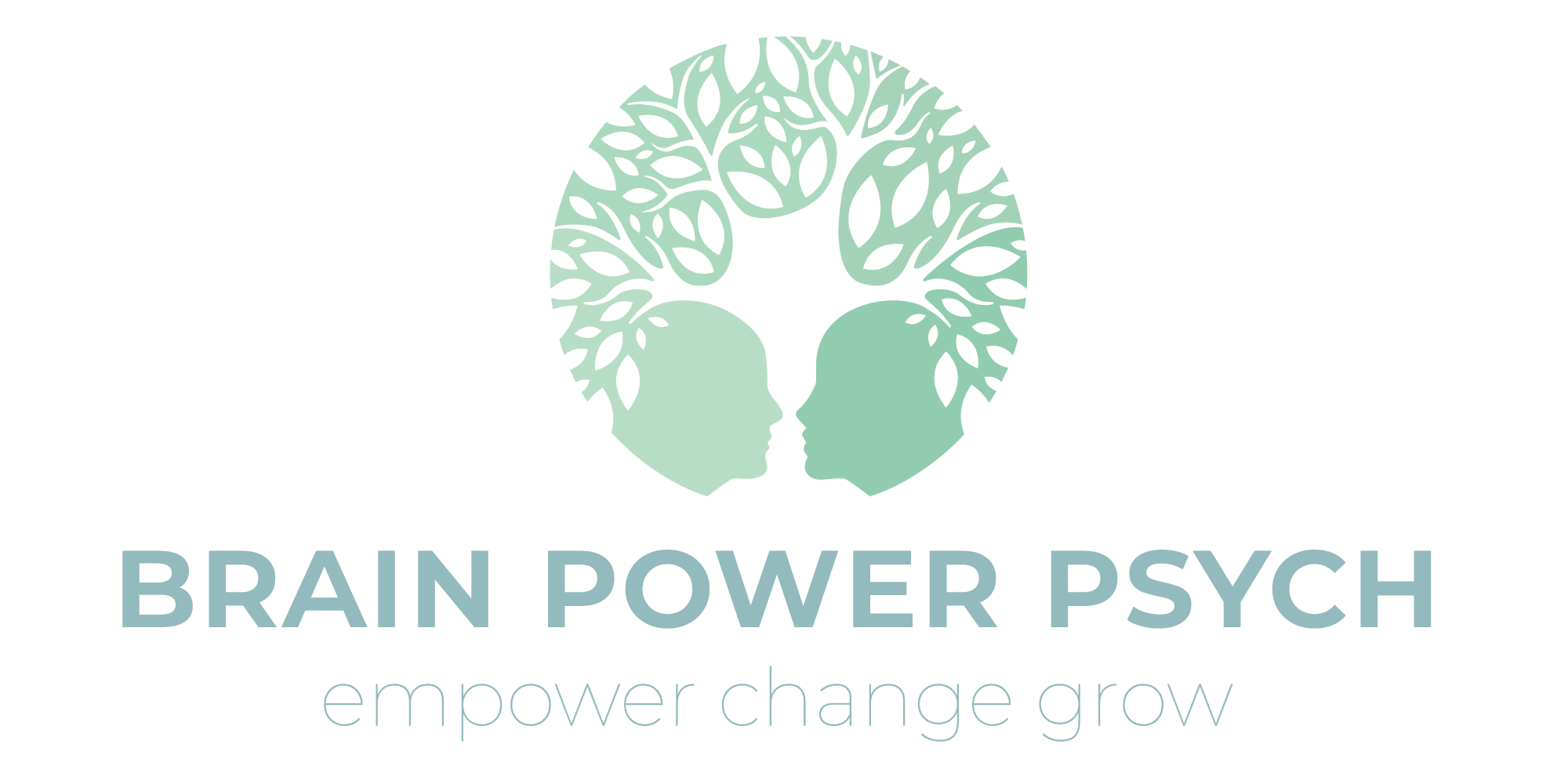If we know that something is bad for us, why is it difficult to stop that action? Also we might notice, as time passes on, it appears that changing those behaviors become more challenging and difficult to reach. Ever wonder why it is so hard to sustain the transformation for the long haul? The answer lies with how patterns of behavior are formed.
A habit is an acquired mode of behavior that has become involuntary or automatic. The reason why we develop habits is to create mental short cuts for our brain to process events and response accordingly. We all have some bad habits that we wish to get rid of once and for all. Whether it’s biting our fingernails, mindless surfing on the internet late at night, or overeating on junk foods, our lives would be so much healthier without them.
Bad habits interfere with your life by preventing you from achieving your goals. They can jeopardize your mental and physical health. To understand how to break unwanted habits, it’s important to understand the structure that keeps them in place. Habits are created by three major components in a continuous loop: 1. Cues 2. Routine 3. Reward
Cues
A cue is a trigger that tells your brain to go into automatic mode and directs the brain which habit to use. Cues can be visual graphics, statements or symbols, that provide information to predict reward. Some common examples of cues include toothbrush, computer, phone, car, and morning cup of coffee. Cues are important in forming habits as it allows the brain to signal which type of behavior to engage in, which leads to the next step of the cycle.
Routine
When we are exposed to cues over time, they become routine in how we response to them. Routine is the response to the cue. This response can be physical, behavioral or emotional. In this stage, our brain is making connections between the cue and our response to it. This process is needed in order for us to recognize the benefit of engaging with the cue.
Reward
Once our cue becomes routine, we notice the reward. This part of the stage of the habit cycle informs the brain if this loop is worth remembering for the future. Rewards are defined differently by each individual as we associate different values to them. However, some common rewards include candy, food, playing video games, reading, exercise, shopping, or having spa day.
In order to change bad habits, it is important to first recognize these stages in the habit loop. The secret to breaking a bad pattern, is to substitute it with alternative behaviors that improve overall functioning. Keep in mind that habits are created as a way for our brains to access information quicker. Thus, the process of breaking the habit will take some time, but if you are able to identify triggers and explore their formation, the dismantling the current cycle will occur. However, you will need to create a new loop to learn to replace the previously learned behavior, which will be part two of this blog post.
